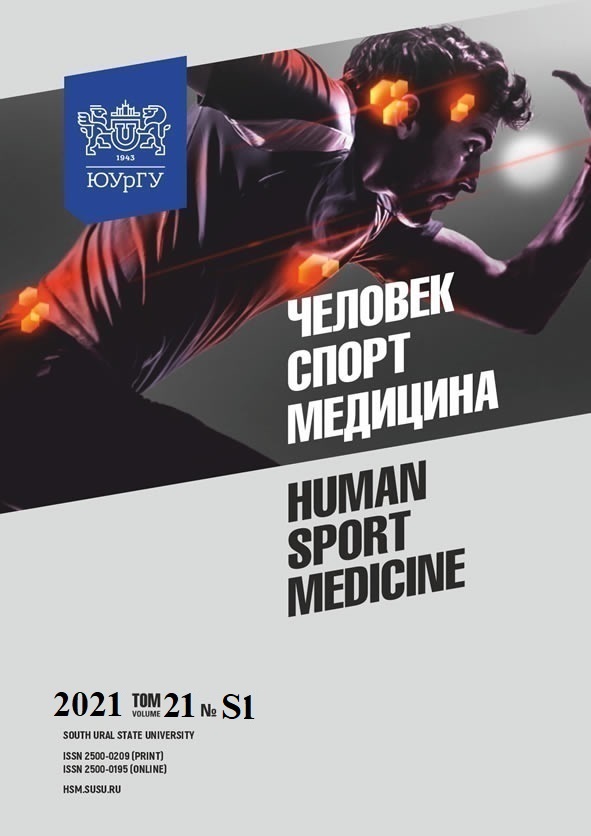DYNAMICS OF SPEED AND STRENGTH ABILITIES IN HIGHLY SKILLED JUNIOR ORIENTEERS
Abstract
Aim. The paper aims to determine the effectiveness of developing speed and strength abilities in junior orienteers. Materials and methods. The study involved two groups of orienteers, 10 people each, engaged in winter orienteering and having a category not lower than the Candidate for Master of Sport. The developed methodology was aimed exclusively at developing speed and strength qualities. Participants were asked to perform a test by using the SkiErg simulator (Concept 2) and the Wingate test protocol. Results processing was performed by means of instrumental methods and the methods of mathematical statistics. Results. When making adjustments to the training program in repeated testing, the increase in these indicators in the control group (CG) was lower than in the experimental group (EG), which is confirmed by different reactions in standard tests. The results of the Standing long jump changed insignificantly (in the experimental group, it increased by 8.9 cm, and, in the control group, decreased by 1.1 cm). In throwing, the average indicators of the experimental group increased by 6.5 cm, and in the control group – by 2.1 cm. Maximum alactic performance increased by 19.4 W in the experimental group, which is three times more than in the control group. Average leg strength in the experimental group increased by 34.2 W, and in the control group this indicator decreased by 5.1 W. Conclusion. The proposed technique had a positive impact on the development of speed and strength abilities in junior orienteers and improved performance indicators in athletes.
References
References on translit
Copyright (c) 2021 Human. Sport. Medicine

This work is licensed under a Creative Commons Attribution-NonCommercial-NoDerivatives 4.0 International License.















